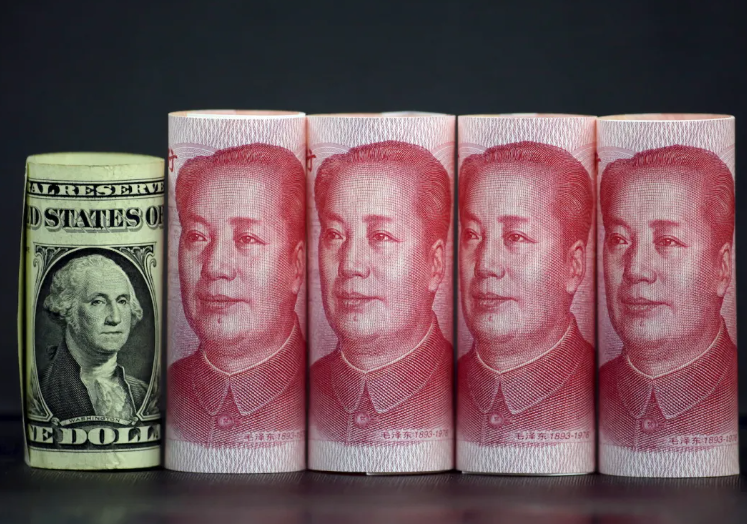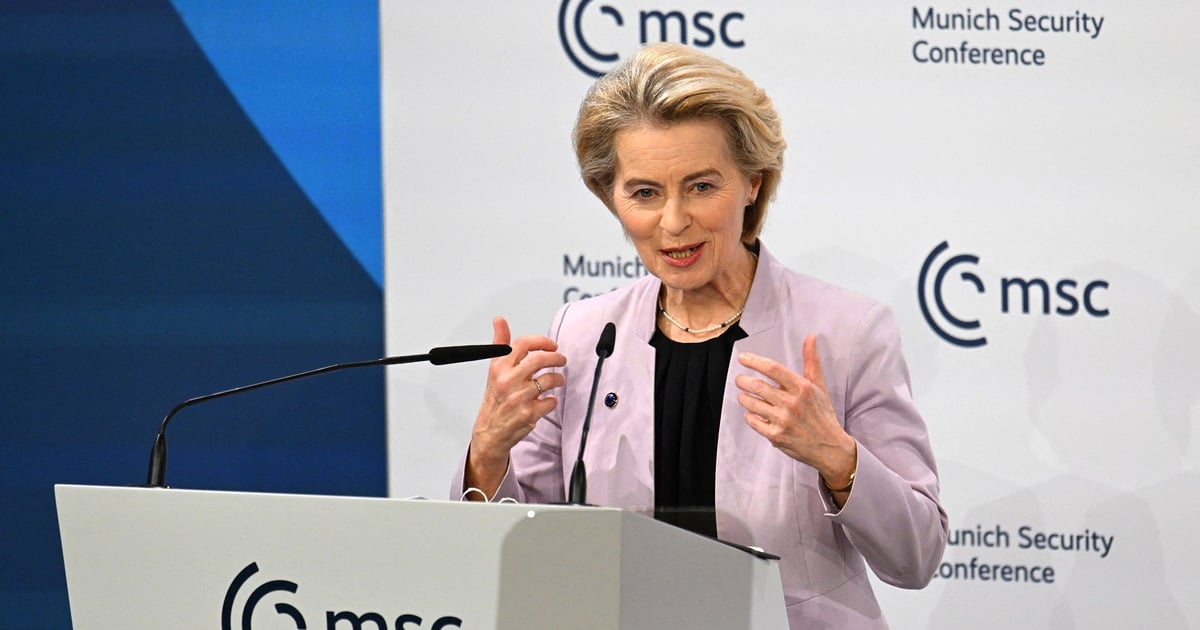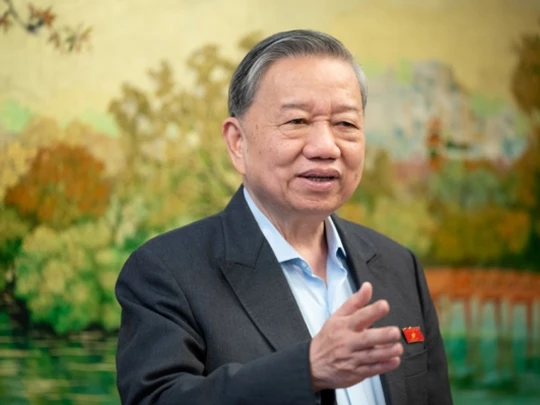
China is increasingly asserting itself as a major player in the region known as the Global South. Over the past few decades, China has become the world's largest creditor to developing countries. This has led many to worry that it could control its partners through "debt traps" and use this to establish a "sphere of influence".
China’s economic clout is so strong that it is now seen as the main threat to the US dollar. China is an influential member of the BRICS+ group (which includes Russia, India, South Africa, Brazil, UAE, Iran, Saudi Arabia, Ethiopia, Egypt). The group is trying to create a multipolar world that challenges Western hegemony, specifically US leadership. The US administration now sees China as the “most serious long-term challenge” to the international order.
As a researcher in international political economy at Laval University, Mr. Zakaria Sorgho assessed China's role in the process of world de-dollarization.
Stronghold of the USD
According to French economist Denis Durand, the dominance of the US dollar reinforces US hegemony in the current international order.
The US dollar is also used in many Third World and Eastern European countries, where it enjoys much more public trust than local currencies. The US is also the only major power that can service foreign debt in its own currency.
The US dollar's hegemony over the world economy is reflected in its over-representation in foreign exchange reserves held by central banks around the world. The greenback still outperforms other currencies despite some declines in this area.
Despite a 12 percentage point decline from 1999 to 2021, the share of the US dollar in the official assets of central banks around the world has remained fairly stable at around 58-59%.
The US dollar remains widely trusted around the world, maintaining its status as the leading reserve currency. The USD reserves of central banks around the world are invested in US Treasury bonds in the capital markets, helping to reduce the cost of both government debt and private investment in the US.
However, the income generated by the US economy thanks to the dominance of the dollar could also collapse like a house of cards. Economist Durand makes this point when he writes that “US monetary hegemony is maintained only by the confidence of economic agents around the world in the dollar.”
There are two reasons why global confidence in the dollar could decline. First, as US Treasury Secretary Janet Yellen admitted in an interview in April 2023, the US is using the dollar as a tool to subdue its adversaries, including some recalcitrant allies. This could eventually undermine the dollar’s hegemony.
Second, the US debt situation, especially the unsustainability of its debt, is a source of concern that could affect the attractiveness of the USD as a global reserve currency.
Unsustainable debt
The US dollar has been at the heart of the international monetary system since 1944, and even more so since the Bretton Woods Agreement came into effect in 1959.
The Bretton Woods system was based on both gold and the US dollar – the only currency convertible into gold; this convertibility was fixed at $35 per ounce.
That changed on August 15, 1971. Due to inflation and growing imbalances in America's international economic relations, then-President Richard Nixon announced the end of the convertibility of the USD into gold.
Abandoning the gold-based system has given the US a free hand in its debt. By 2023, US public debt had reached more than $33.4 trillion, nine times what it was in 1990. This huge figure continues to raise concerns about its sustainability. US Federal Reserve Chairman Jerome Powell has pointed out that US debt is growing faster than the economy, making it unsustainable in the long term.

Opportunity for China
This is a reality that China has clearly recognized, as it has recently embarked on a major sell-off of its US Treasury holdings. Between 2016 and 2023, China sold $600 billion in US Treasurys.
In August 2017, China became the largest foreign creditor of the United States, surpassing Japan. China held more than $1.146 trillion in U.S. Treasury bonds, nearly 20% of all foreign government holdings. Beijing is now the second-largest foreign creditor of the United States.
It is certainly no coincidence that, before divesting from US Treasuries, Beijing first introduced its own yuan-denominated gold pricing system. In fact, on April 19, 2016, the Shanghai Gold Exchange, China’s precious metals regulator, announced on its website the first daily “fixed” benchmark for gold at 256.92 yuan per gram.
The policy is part of China's strategy to turn gold into a tangible backing for its currency.
Gold to Dollar
China is also selling US Treasuries. According to the US Treasury Department, China sold $100 billion in US Treasuries between March 2023 and March 2024, on top of the $300 billion it has sold over the past decade.
At the same time, China has replaced about a quarter of its 10-year US Treasury bonds with gold. It is now the leading producer and consumer of gold. Like China's central bank, other central banks in emerging markets continue to buy gold.
As an alternative to the US dollar, gold allows China to store profits from its large trade surplus. With the Shanghai Gold Exchange offering gold contracts in yuan, Beijing is looking to increase the use of its currency abroad with the aim of establishing the yuan as the benchmark currency for the global economy.
Source: https://doanhnghiepvn.vn/quoc-te/no-cong-tang-vot-cua-my-la-co-hoi-vang-cho-trung-quoc/20241025100132934



































































Comment (0)